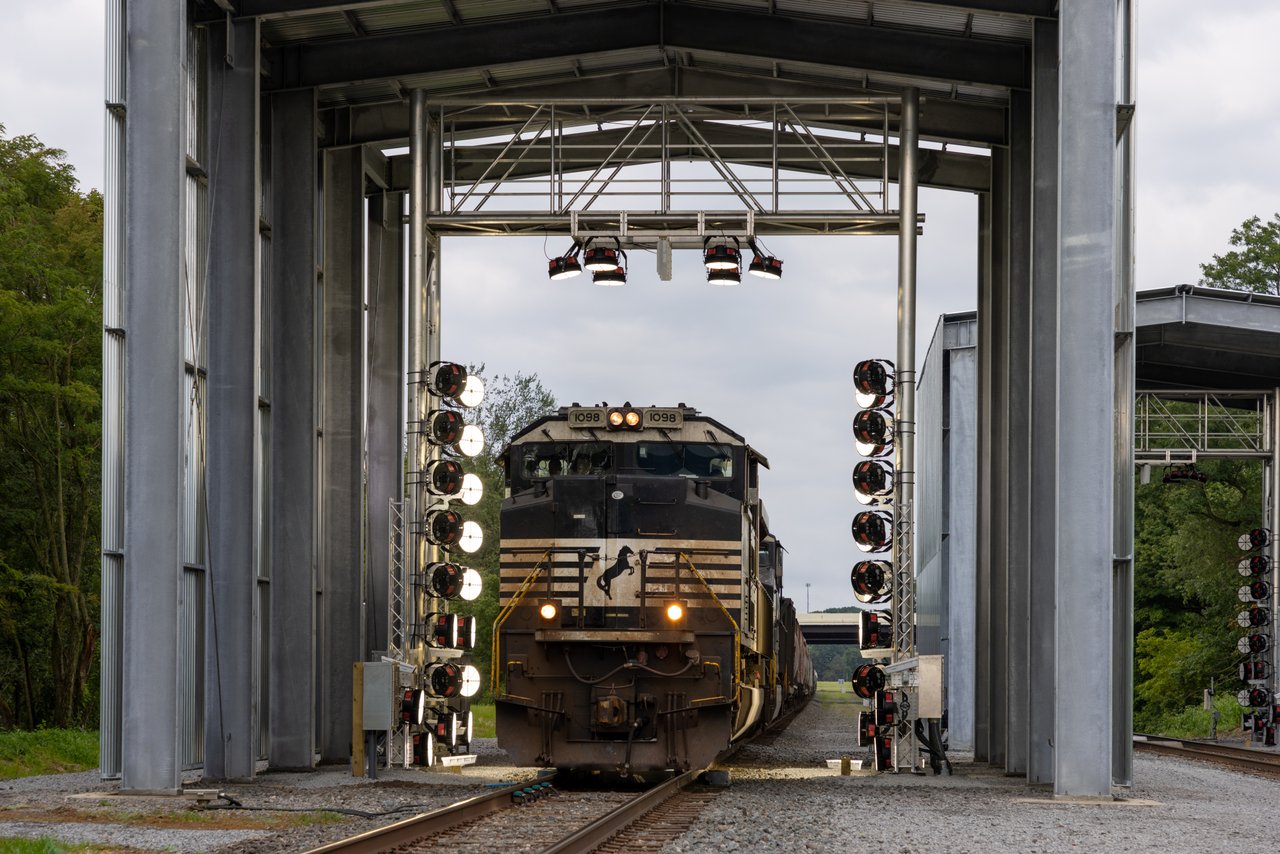
ATLANTA – Norfolk Southern service and safety improved in the fourth quarter, but higher operating costs, lower revenue, and the impact of ongoing expenses related to the East Palestine, Ohio, derailment dragged down earnings.
“Last year was historically challenging, with a major derailment to start off the year, followed by network disruptions and compounded by a stubbornly weak freight market,” CEO Alan Shaw told investors and analysts on the railroad’s earnings call this morning. “The eastern Ohio incident tested our resolve. I’m proud that our team responded decisively and responsibly.”
Shaw reiterated the railroad’s commitment to improving safety and service while “making things right” in East Palestine.
The Feb. 3, 2023 hazardous materials derailment in East Palestine has now cost NS a total of $1.1 billion, a figure that includes insurance recoveries and $150 million of cleanup and legal expenses from the fourth quarter. Including costs related to the derailment, NS’s quarterly operating ratio rose 10.2 points to 73.7%.
Adjusting for the financial impact of the derailment, NS’s fourth-quarter operating income fell 19%, to $958 million, as revenue declined 5%, to $3 billion. Earnings per share declined 17%, to 59 cents. The operating ratio increased 5.3 points to 68.8%.
Overall volume was up 3% for the quarter. Merchandise volume was flat, intermodal was up 5%, and coal was up 1%. But revenue declined in all three business segments.
To reduce costs, NS said it would eliminate 7% of its management and staff positions through a voluntary severance program. The cutbacks will offset hiring in the operating department, including new mechanical jobs.
Chief Operating Officer Paul Duncan says the railroad will begin to shed costs as merchandise operations improve this year. Higher average train speeds, lower terminal dwell, and better on-time performance will improve crew, locomotive, and car utilization, he says.
NS is aiming for at least a 10% improvement in terminal dwell this year and is focusing on on-time departures and adherence to the operating plan, Duncan says.
Shaw said NS expects to improve its merchandise service like it did with its intermodal network, which in the fourth quarter posted its highest on-time performance in more than three years. And he defended the railroad’s long-term service resiliency strategy, which includes not furloughing train crews during freight downturns so that the railroad can capture volume and maintain service levels as volume rebounds.
“Our whole strategy is outperforming during the upcycle. Our franchise is built to outperform during the upcycle,” Shaw says. “You’ve seen us recover from network disruptions much faster than we have in the past. So there’s a proof point as well. We’re not calling when that upcycle occurs, but when it does we do believe that we will outperform and we will attract new business with high incremental margins.”
But analysts were skeptical of the railroad’s cost cutting and profit margin improvement plans.
NS’s 2024 outlook includes revenue growth of about 3%, higher profit margins as productivity increases through the year, and capital expenses of $2.3 billion, which is flat compared to 2023. NS will incur an additional $1.65 billion in capital expense related to the acquisition of the Cincinnati Southern Railway from the city of Cincinnati in March.
For 2023, NS reduced its train accident rate 11% and its mainline accident rate 42%. The employee injury rate increased 7% for the year but was the second-best figure in the past eight years.






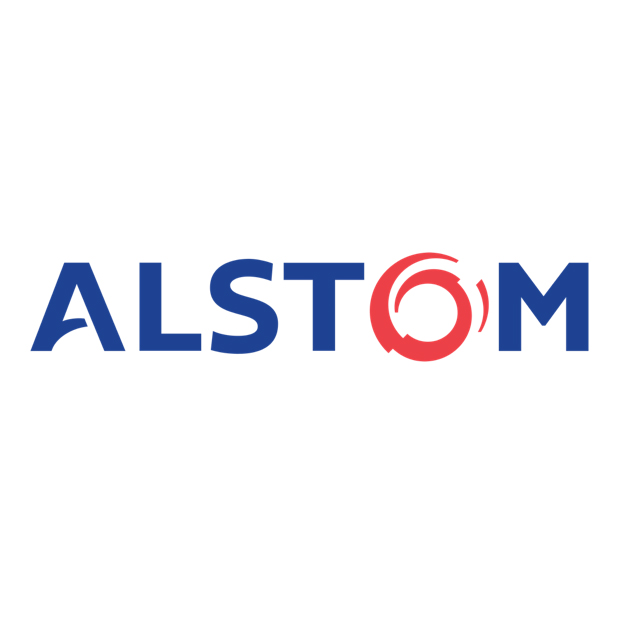
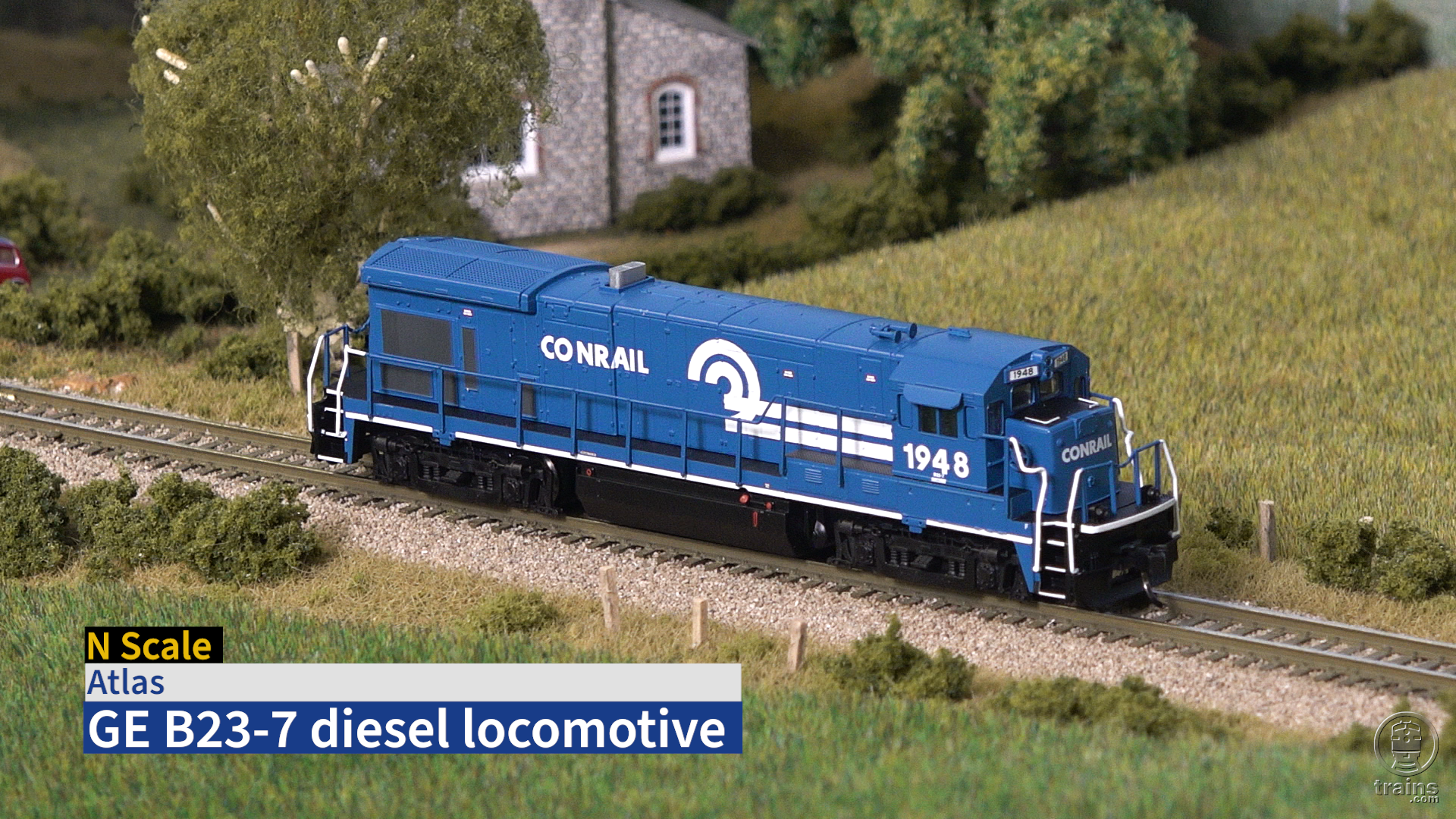
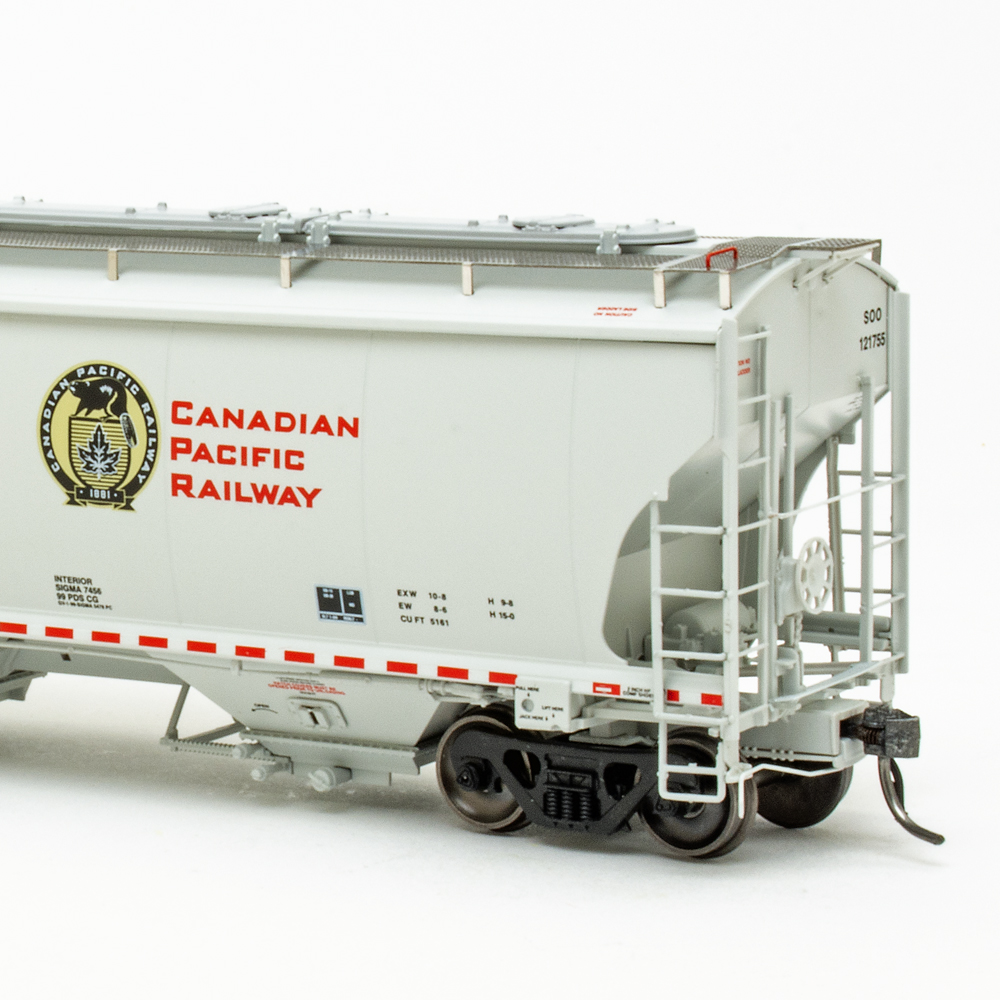
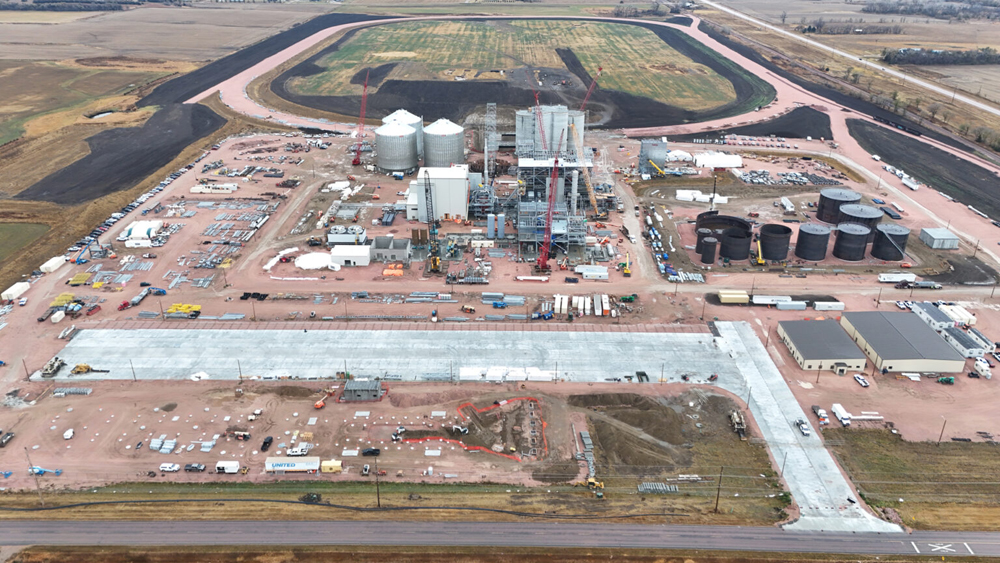
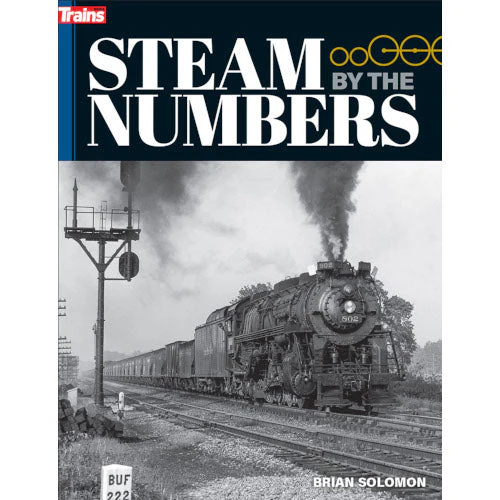


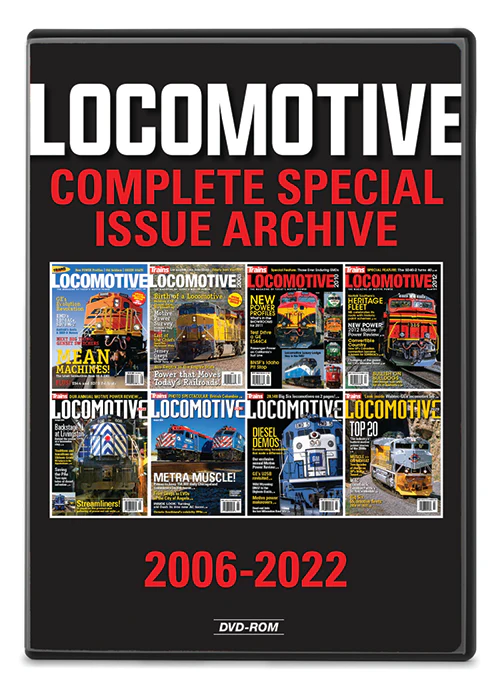
The BIG decision at East Palestine was made well after the derailment: the venting decision. If that had been done differently NS would be $$millions richer with no layoffs and we wouldn’t be having this discussion. Union and public employee pension funds wouldn’t be facing losses and cuts in benefits–they are the big customers of the hedge funds that are controlling managements thru their shareholding votes. CALPERS and the SEIW rule America. BTW, a discussion of HOW the operating ratio has been calculated over the ages would be mightily interesting. I think there was a big change in 1978 regarding car hire; an OR in the 70’s was thought of as great while one in the 80’s was a Problem. One is the 60’s was considered a freak as in the books may be being “cooked”. The late P&LE in a good year had a 96% and in a bad year a 102% OR–while it was one of the most profitable RR’s in the country as in paying 15% dividends on paid-in par! Hint: car hire income didn’t show up in OR at all while the cost of having a car showed up in OR. I read old Moody’s manuals when I can’t sleep; lately I use them for footrests!
PSR has a cost. East Palestine is the tip of the iceberg. More cartoons to follow. Don’t go away!
“But analysts were skeptical of the railroad’s cost cutting and profit margin improvement plans”. –Who gives an F### about their whining. Hoping NS sticks to the plan.
All this expense for a derailment in which there were no injuries or fatalities.
It will be interesting to see the final NTSB report, which should include the makeup and actions of the crew prior to the derailment.
As for @Ronald Hull comment, the setting of limits on the detectors determines their actions – not any “… inspection stops [that] were heavily discouraged by management …”.
“All this expense for a derailment in which there were no injuries or fatalities.”
On the day of the derail, yes this is true. Let’s see what happens over the next 50 years. Insurance and Medicare expenses when exposed civilians comes to light will probably make that $1.1 billion look like chump change.
Just think: if, at the first or second detector alert that both showed rising axle temps, the crew had stopped the train and inspected the axle then cut out the troublesome car, 1.1 billion wouldn’t have literally gone up in smoke. Why do I suspect that such inspection stops were heavily discouraged by management?
If I’m inferring correctly, “outperforming the upcycle” is corporate jargon for cost-cutting actions to greatly inflate profits during times of heavy traffic which is no doubt what caused East Palestine to begin with.